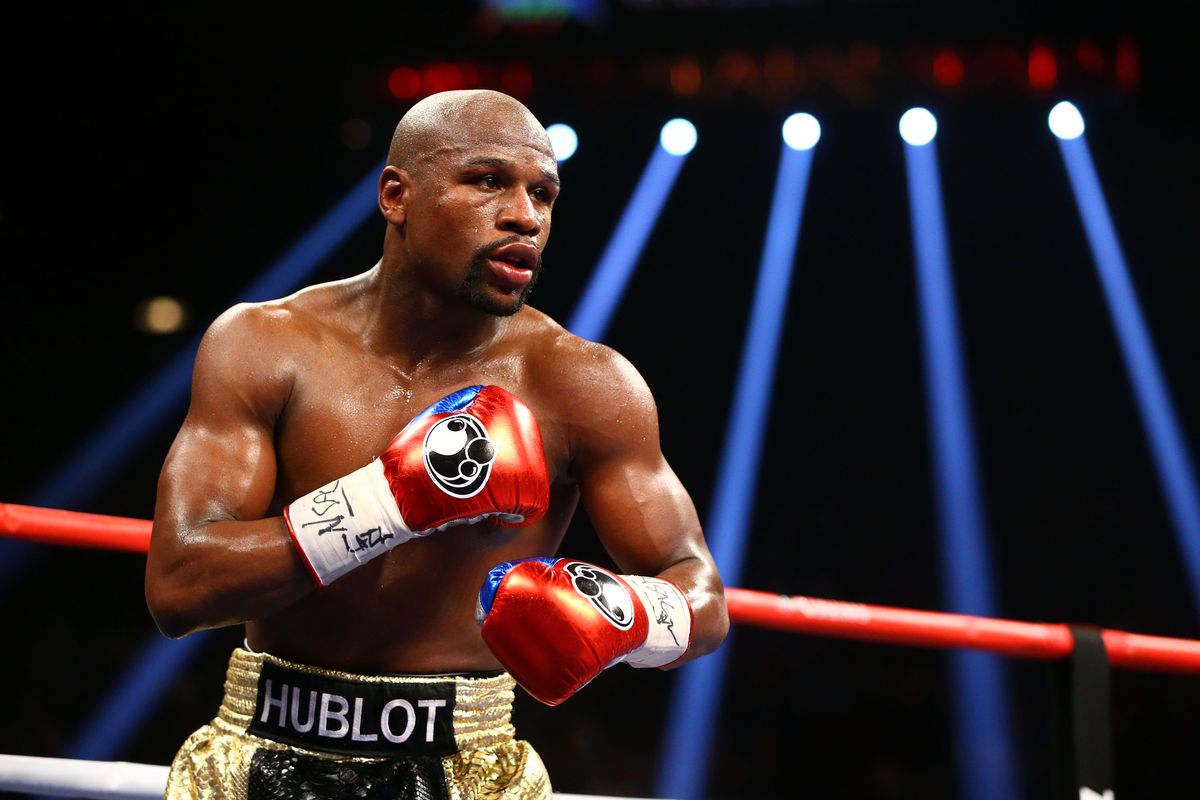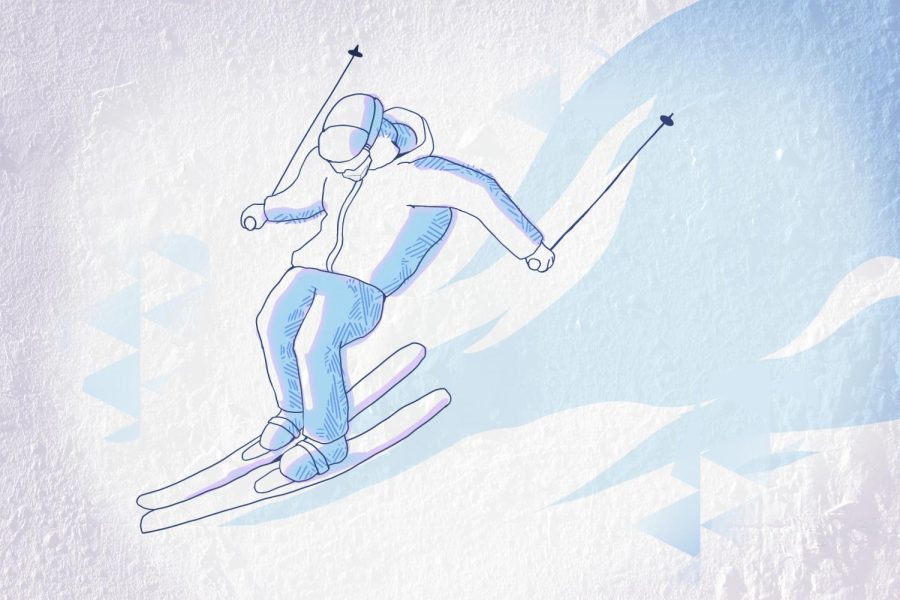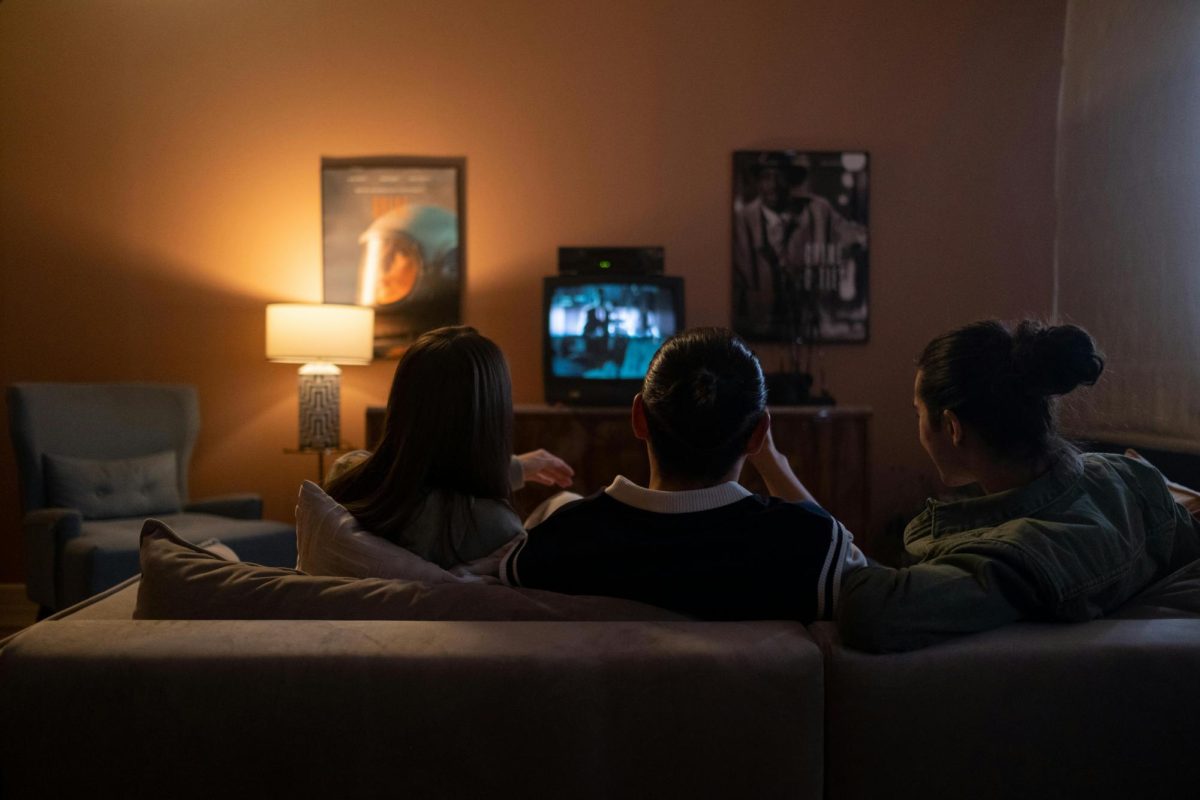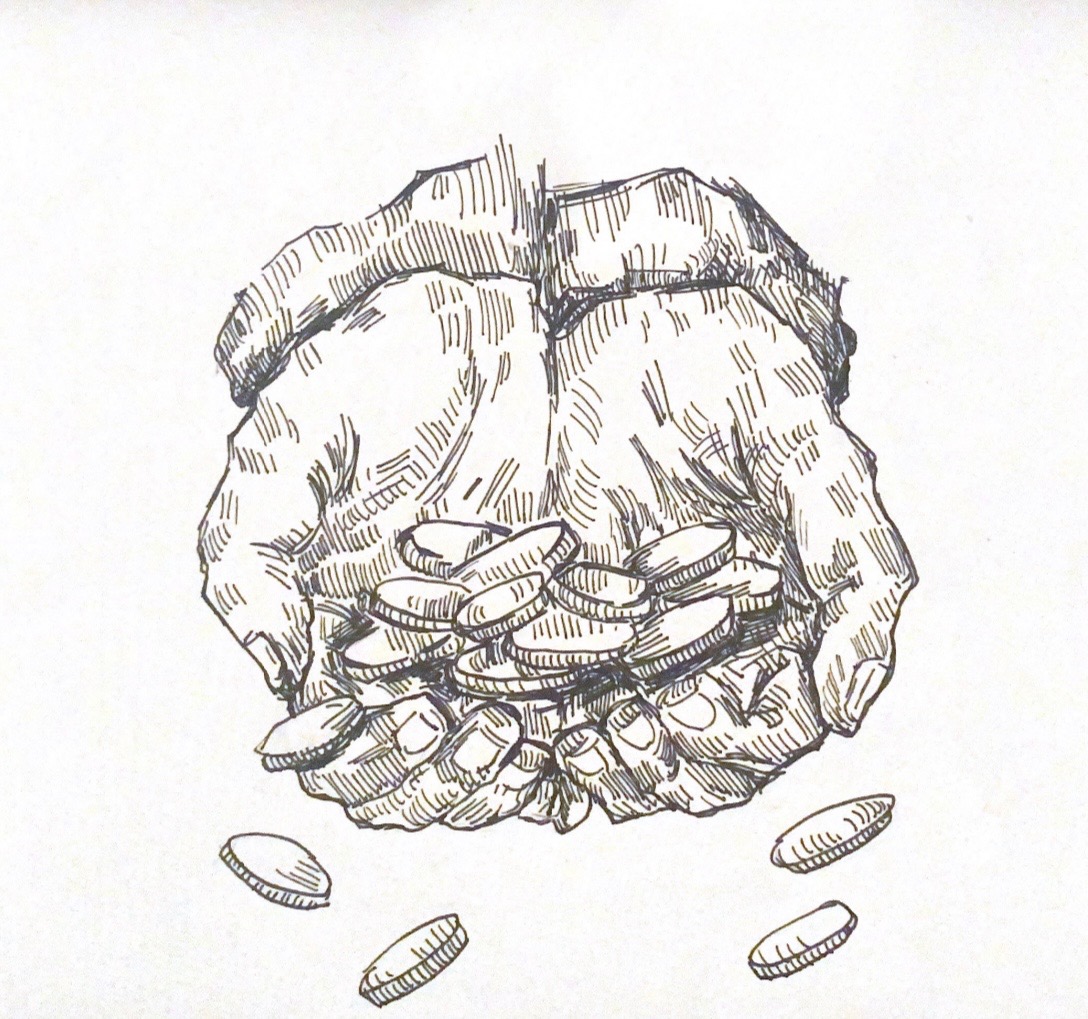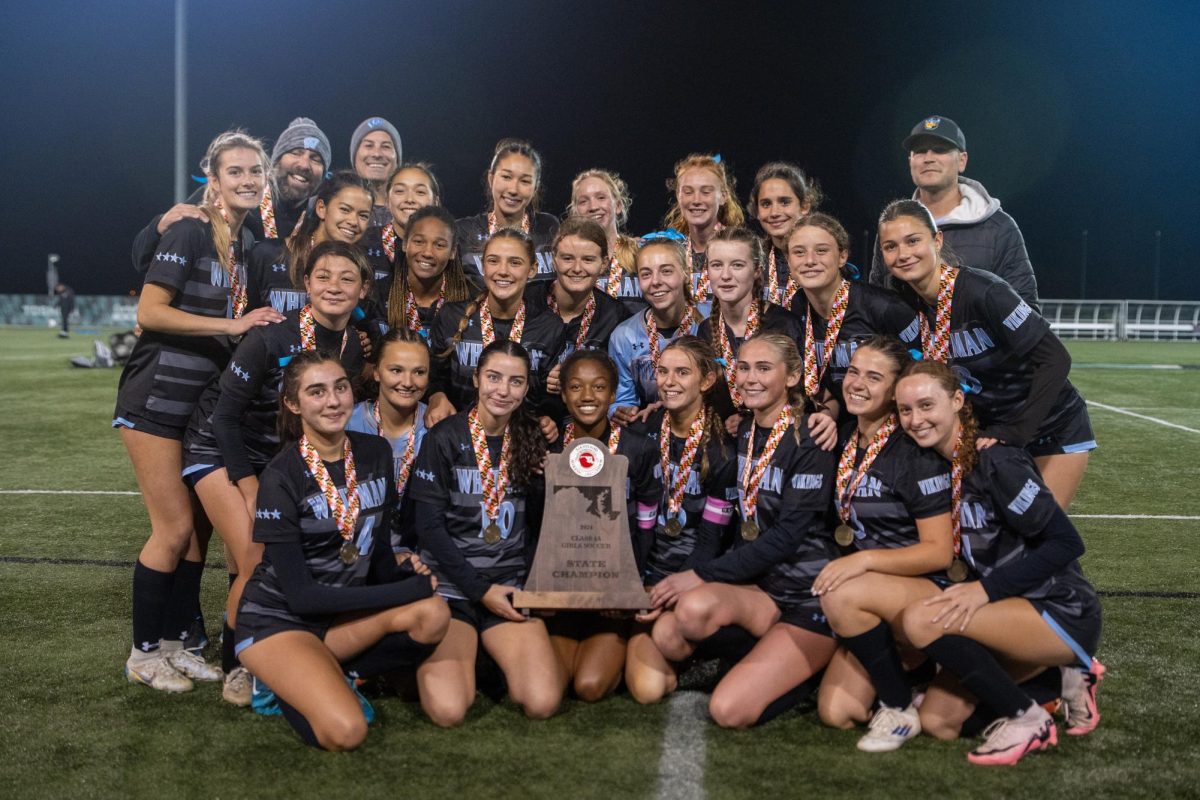During the fall and spring sports seasons, athletes and fans alike enjoy the huge green field at the center of Jerome Marco Stadium. Between November and March, however, the grass field is nowhere to be seen. Instead, a nearly 58 thousand square foot white tarp sits on top of it.
It’s time for Whitman to shed the tarp and purchase a turf field. Wootton, Richard Montgomery, Blair and Walter Johnson all already have turf fields and Churchill plans to install one soon. Although the $1 million price tag might be expensive, a turf field brings a host of benefits that a typical grass field just can’t provide.
First and perhaps most important, turf fields stand up to inclement weather far better than grass ones, helping both teams and gym classes. Turf fields tend to drain much faster and can’t be torn up by a storm.
Many football players recall practices being cancelled this fall because of poor field conditions, even days after the rain had stopped. A turf field with the commonly used Sand Grid Sports Drainage System can drain half an inch of rain in just 22 minutes following a storm. Since WJ added a turf field five years ago, athletic director Susan Amos said she’s rarely had to cancel games since the field handles storms so well.
Plenty of youth and adult teams rent Whitman’s field for practices, and a turf field would also benefit them since they could now use it during the winter and following rain.
The biggest drawback to a turf field is undoubtedly the cost. At around a million dollars, the costs are steep enough to make anyone think twice about the investment.
However, that big number doesn’t tell the whole story. A Michigan State study found that a synthetic turf field had maintenance and equipment costs up to 40% lower than a traditional grass field since there is no need to use fertilizer or to replant seeds.
Additionally, schools like Richard Montgomery and WJ were able to make deals with local soccer organizations to pay for a portion of the field. At WJ, the Bethesda Soccer Club payed $300,000 to have priority in renting the field. Amos noted that while the initial cost was high, the benefits make the turf worthwhile in the long term.
When Blair added a turf field in 2009, they also secured the right to rent out the field for their own profit–another way to offset the $1 million initial cost.
Detractors say that synthetic turf increases injury risk since the fields are generally harder and hotter, which can lead to turf burns. However, since turf can’t be torn up and is harder to slip on, turf fields prevent enough injuries to offset any new ones. In fact, in a comparison of natural grass and synthetic turf, researchers at the Journal of Sports Medicine found “no evidence” that playing on a turf field increases injury risk, and if anything, it slightly lowers the risk.
Ultimately, a switch to turf will count on the sports Booster Club and the athletic department to raise funds, contact companies and make the change. It might not happen anytime soon, but it’s time for Whitman to wake up, pull off that huge tarp, and upgrade to a turf field. The fake grass is certainly greener on the other side.



